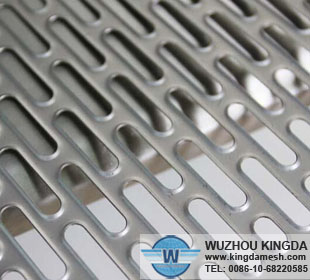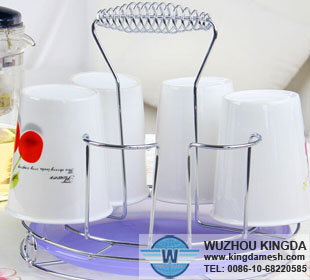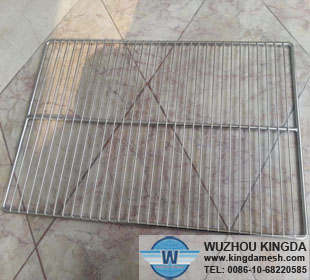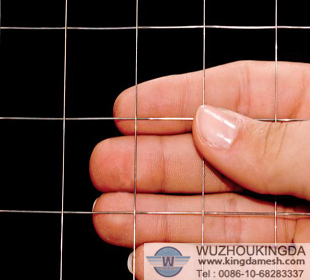Differences between Grades of Stainless Steel
Stainless steel is a metal alloy that has elements added to steel which make it rust and corrosion resistant. These alloys also influence the ability to weld, cut, grind, and drill and perform other machining and assembly work to it. Stainless steels are similar but have different properties. Stainless steels with similar characteristics are grouped together. In general, stainless steels are harder and more corrosion resistant than carbon steel.
Stainless Steel
Adding chromium and nickel to carbon steel is what makes steel stainless. These elements inhibit corrosion and rust. Manufactures also add elements such as molybdenum, manganese, vanadium, carbon and silicon. This mix of components makes up the three digit numbering system that identifies stainless steel.
200-Series Stainless Steel
This series of stainless steel has 17-percent chromium, 4-percent nickel and 7-percent manganese added to steel. The 200-series steels have an austenitic structure. This refers to the crystal structure of the material. Austenitic stainless steels have higher chromium and nickel content. Austenitic stainless steels weld easier than other stainless steels. This metal is magnetic after heating.
300-Series Stainless Steel
The 300 series has 18-percent chromium and 8-percent nickel added to the steel. Stainless steel with this mix uses 18-8 as its name as well as the 300-series number. These steels aren't attracted to magnets. This is an austenitic stainless steel, so it is easier to weld than some other stainless steels. It can be made magnetic. The 304 grade is the most commonly used stainless steel, and the 316 grade is the second most common. Both have the same general characteristics of the 300 series. Tableware, cooking utensils, food processing equipment, food preparation and mild chemical applications use this stainless steel.
400-Series Stainless Steel
This group of stainless steels has an addition of 11 percent chromium and 1-percent manganese. The 400 series is susceptible to rust and corrosion under some conditions. Heat-treating will harden the 400 series. The 400 series of stainless steels have a martensitic crystalline structure that has higher carbon content. This provides high strength and high wear resistance. The welds will deteriorate as the carbon content increases. Martensitic stainless steels aren't as corrosion resistant as the austenitic types.
600-Series Stainless Steel
These grades are approximately 17-percent chrome and approximately 4- to 7-percent nickel. Manufacturers make the 600 series of stainless steel in both martensitic and austenitic. The 601 through 619 versions are martensitic, while 630 through 635 are both semiaustenitic and martensitic. The 650 through 665 versions are austenitic. These steels are strong; the aircraft industry uses some grades of the 600 series.





